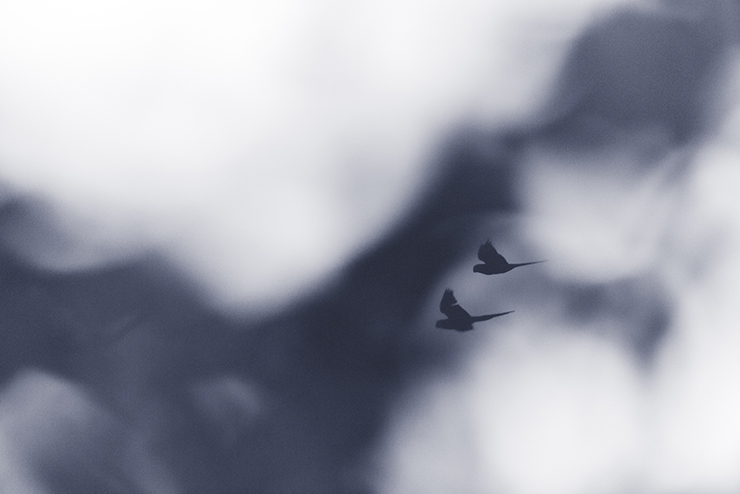
Some days ago I had the opportunity to explore the grossly underbirded southeastern corner of Trinidad. With a transit time of at least two hours from any of the accommodations typically used for birding, this relatively pristine area is awash with surprises. I wrote about the Trinity Hills last year – the only remaining stand of virgin lowland forest on the island. Nearer to the eastern and southern coasts are extensive wetlands, however, and within these I spent considerable time over the course of three days.
The Nariva Swamp is the largest wetland on Trinidad, giving to and taking from the relentless Atlantic Ocean on its eastern boundary. A boat ride into this swamp turns up usual suspects like Pied Water Tyrant and Yellow-hooded Blackbird, but also (and most excitingly) three species of kingfisher: Green, American Pygmy and Ringed Kingfisher. On our last trip we weren’t lucky enough to have cooperative kingfishers but we managed to round a bend and spook a massive Cocoi Heron that lumbered across the extensive wetland for considerable time, seeking a new place to stand and wait to impale some unaware creature.
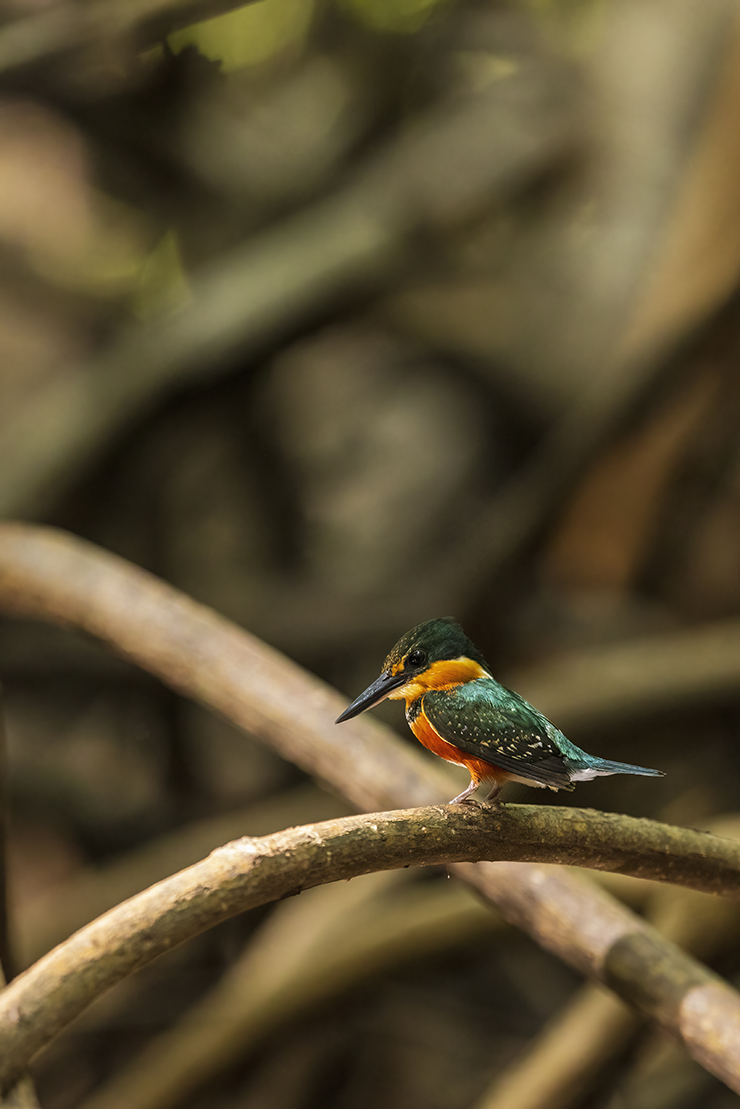
American Pygmy Kingfisher (above) and Green Kingfisher (below) from a previous trip into the swamp a few weeks prior.
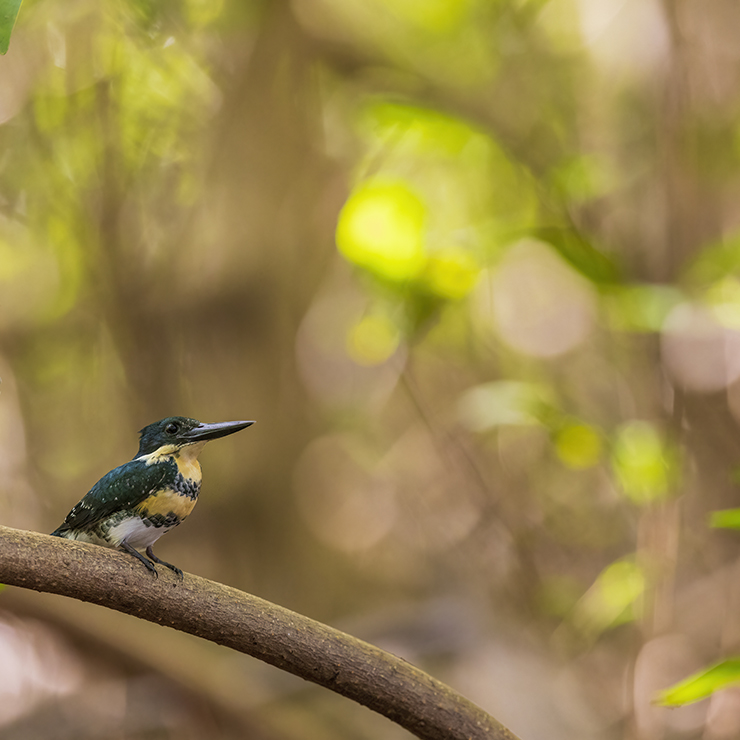
Birds aren’t the most forthcoming within Nariva Swamp to be fair – but the birds that are seen tend to carry a heavy “wow factor”. I’ll be honest – for the impatient this may not be the place to visit. When Nariva Swamp delivers though, you better be ready! Back in 2014 we stumbled upon a juvenile Double-toothed Kite and that was the first and only time I have ever seen that species well. Within Nariva Swamp is Bush Bush Wildlife Sanctuary, a sandy, low-lying peninsula populated by palms, strangler figs, and other hardy forest trees. After skilfully navigating the narrow channels through the swamp (these are maintained by a combination of man and manatee), we alight from our small boat and proceed to explore the forest.
On Bush Bush, the main attraction is undoubtedly the pair of native primate species: Red Howler and (Trinidad) White-fronted Capuchin, the latter being critically endangered. My humble advice is to never stop listening as there are often avian lurkers in the shadows. There are many small watercourses and pools around, and these are prime attractors for various species of birds. But the environment is fickle, and what one sees today may easily be absent tomorrow.
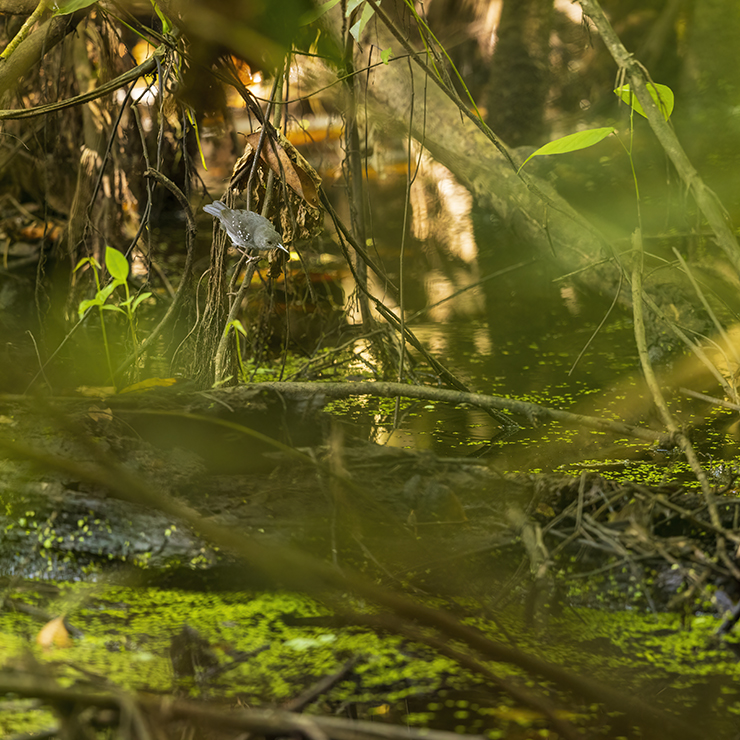
Many Silvered Antbirds were active some weeks ago, when we returned there was no sign of them.
After returning to this wetland more than a few times, I have come to realise that the best manner of approach to birding this area is to forget what was previously encountered. While there were no antbirds (in addition to the Silvered Antbird above, I have heard White-bellied Antbird in this area as well) or manakins this time, our guide spotted a true gem hidden deep in a thick tangle of roots and branches – a Boat-billed Heron!
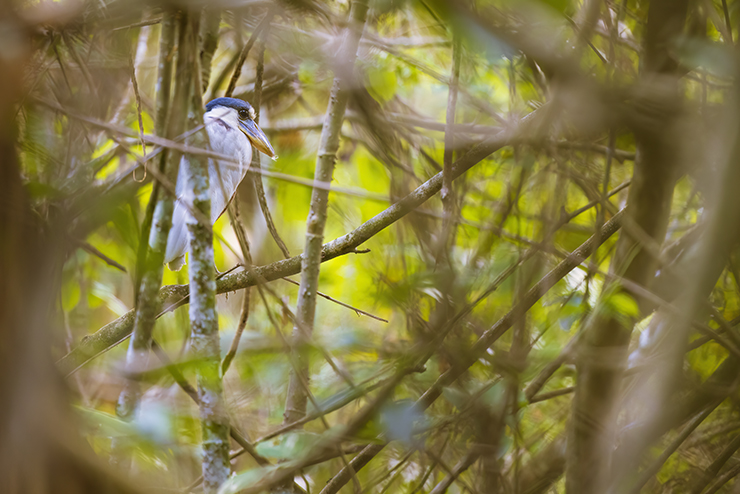
Boat-billed Heron
As per norm, there weren’t many other birds to be seen and the sun was quickly disappearing. Occasional fly-bys of pairs and trios of Red-bellied Macaws kept us on our toes. We managed to see both species of monkey, though – so we were ultimately well satiated.

Red-bellied Macaw silhouette, through vegetation and moderately impressionist.
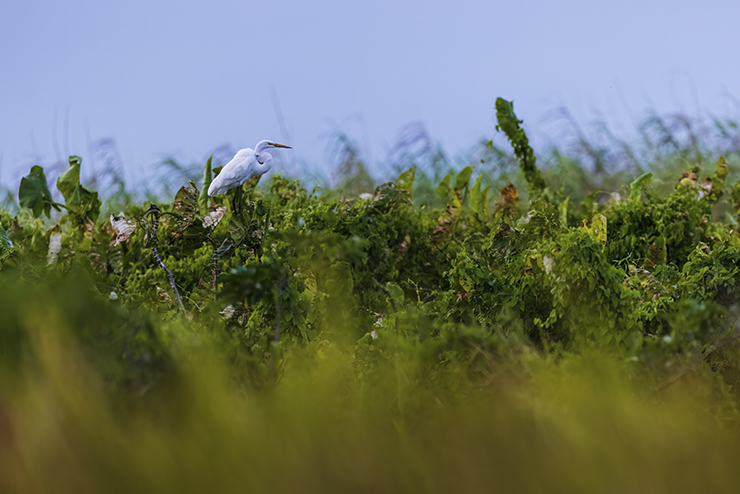
As we motored out of the swamp back to the dock we caught this Great Egret settling in for the night, presumably.
The next day we explored some of the swampy areas south of Nariva Swamp, at the very heel of boot-shaped Trinidad. Crisscrossed by 24″ pipelines transporting oil from numerous offshore platforms, oil companies exercised the strongest presence here. Birding was difficult from the road as birdsong was often overshadowed by the deafening roar of a truck thundering past or some industrial device whirring into being. Just after dawn, we spotted a Pale-vented Pigeon on an exposed perch over the canopy of mangroves – together with a much smaller Red-legged Honeycreeper. As surprised as I was to see the honeycreeper, my birding buddy and host for the weekend let me know that they are a fairly routine sight in this area. Makes sense in retrospect, as I have also seen this species on the rocky northeastern tip of the island within the littoral forest there.
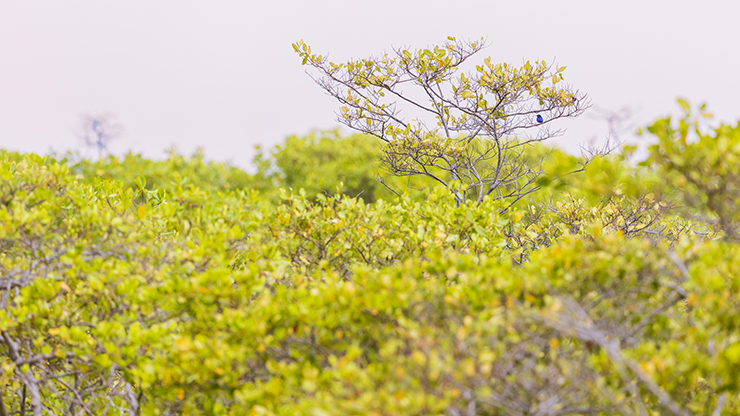
Red-legged Honeycreeper, I promise!
The decision was made to park up and spend some time peering into the mangrove; no sooner had we began looking we saw a multicoloured bird briskly strolling across an opening – a Grey-cowled Wood-Rail. I photographed its rear end and imagined how it could’ve been, had it been facing the other way. Or if I was adequately prepared, perhaps. I waited on site for quite a while, but only was entertained by a Spotted Sandpiper in nonbreeding plumage that was poking around. A Northern Waterthrush showed up briefly, followed by a pair of Bicolored Conebill.
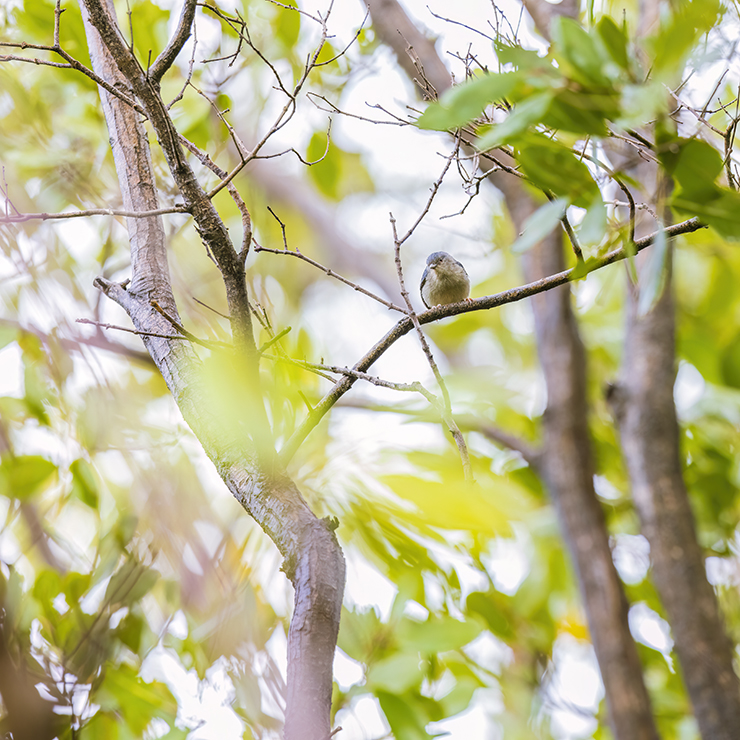
The Bicolored Conebill is a Near Threatened species, and always a thrill to see.
The cadre of mangrove specialists can never be completed without mention of the enigmatic, extremely beautiful, but also sadly Near Threatened Rufous Crab Hawk. This individual flew in directly in front of me and proceeded to sit and preen for about ten minutes. This type of accommodating behaviour is typical of the species, from what I understand.
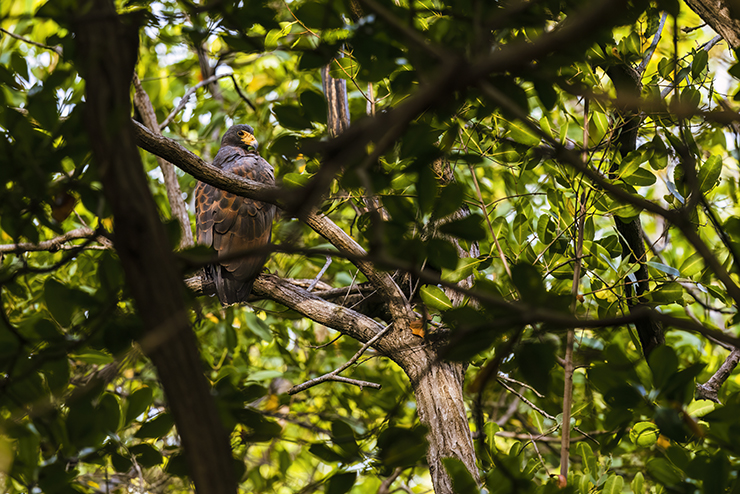
Rufous Crab Hawk
This particular wetland spills onto the sheltered southern coast – worlds apart from the roaring Atlantic pounding the east coast. A small bay provides the ideal setting for a small mudflat with gently lapping waves with crests no greater than a couple inches at maximum. Although not at peak migration season, we still scoped this location in the event there was anything present. A couple of Black Skimmers flew past just as we were getting into a decent viewing position. After a brief period of no activity on the shore, a small group of Willets in fresh plumage cruised in.
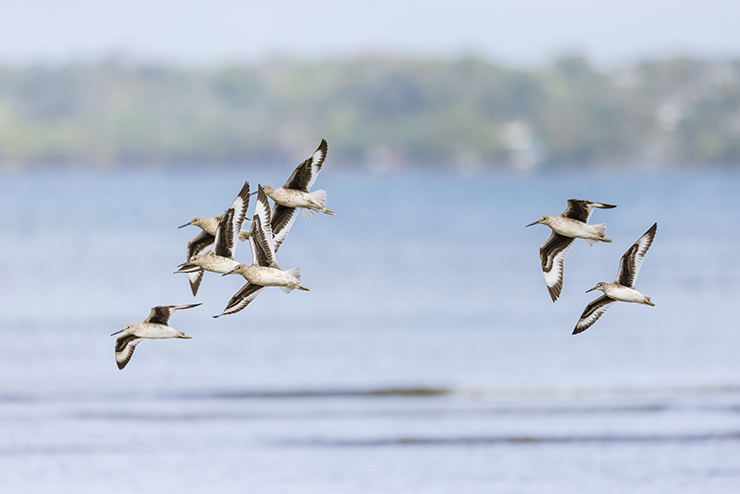
The bold and distinctive wing patterns of Willets makes my heart beat faster every time. Close looks would reveal neatly scalloped feathers – these birds are already dressed for the journey north!
A movement into a small channel caught my eye, it was the flash of a Green Kingfisher. While I was scanning the mangroves for this (as well as a vocalizing Spotted Tody-Flycatcher) I heard the Willets make an alarm call. I spun around just in time to catch a hulking Peregrine Falcon rocketing by.
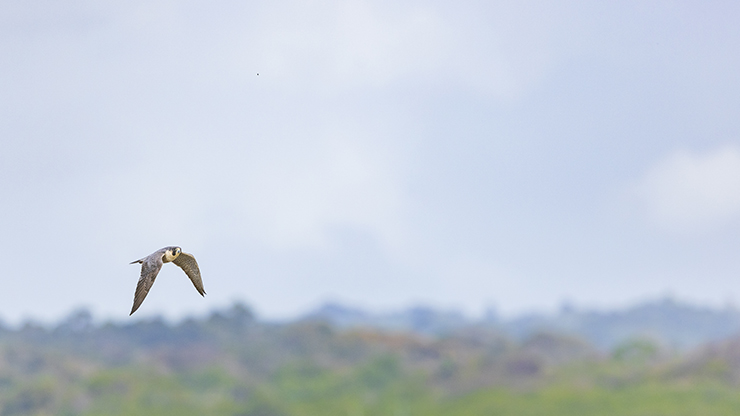
Peregrine Falcon
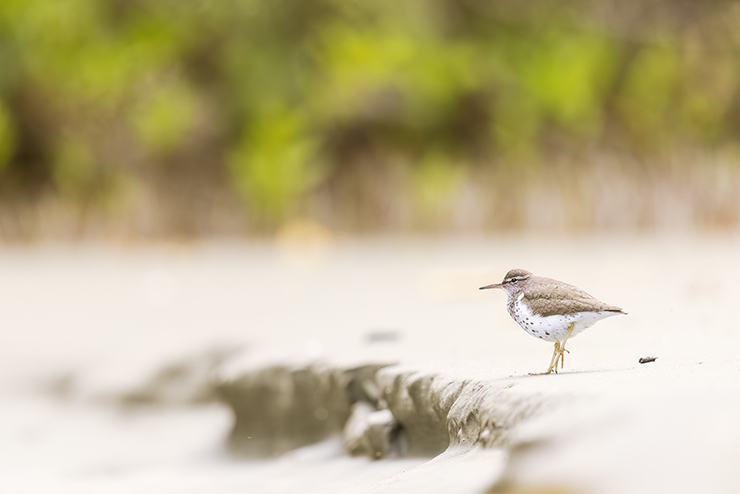
We saw many Spotted Sandpipers during our time there, but this one in fresh breeding plumage really made me stop and stare!
Only a short drive away was a road into a heavily forested area, but that is perhaps the fodder for another post. Trees dotted with Channel-billed Toucans and Plumbeous Kites and a two-second topside view of a massive adult Ornate Hawk-Eagle can stir the imagination, though.


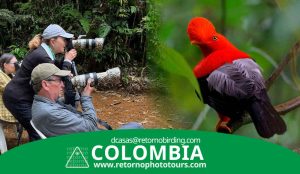


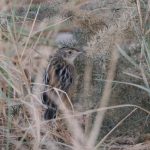
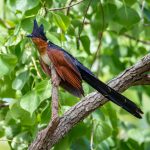
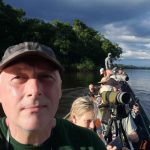
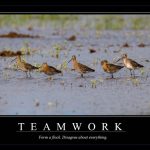
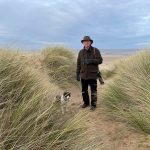
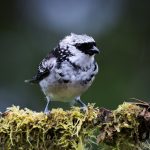
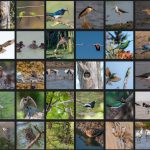
Stirs the imagination
Cheers, my friend